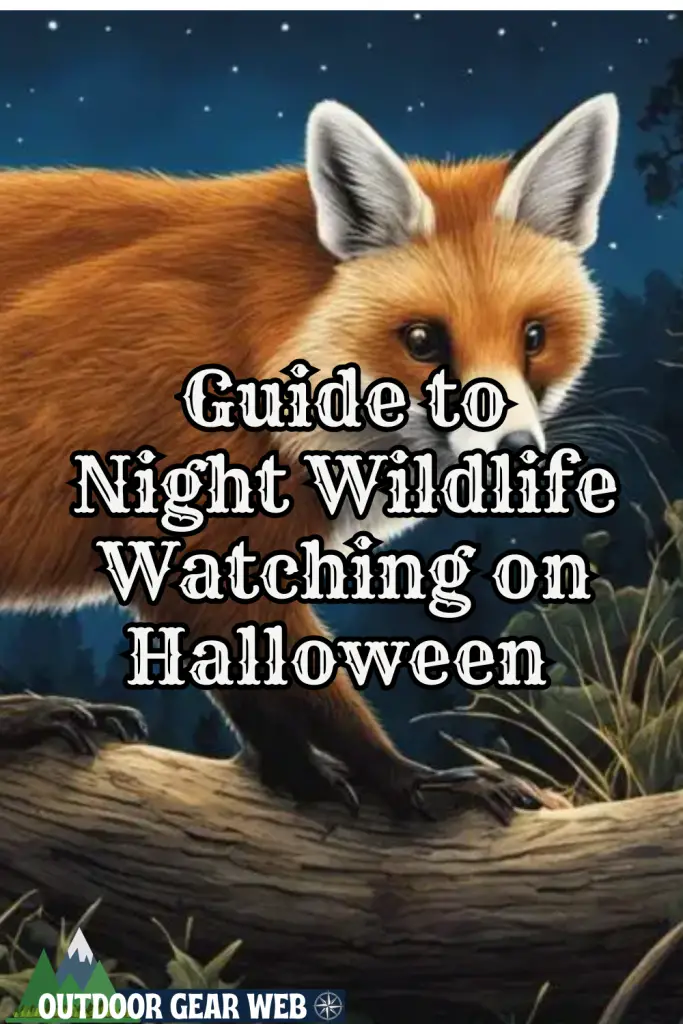
For some, Halloween night is a time for costumes, candies, and carving pumpkins. But for others, it’s an occasion to explore the fascinating world of nocturnal wildlife. So, nestled just outside your doorsteps under the cloak of night. Engaging in night wildlife watching on Halloween can be an enlightening experience with surprises at every turn. We must first understand the biology and behavior of various nocturnal creatures. Only then can we adopt respectful watching practices. We may even debunk myths associated with these animals in order to have the right equipment available. Then we can truly enrich our collective appreciation for these extraordinary, often misunderstood creatures of the night.
Do your night wildlife watching on one of these affordable fall getaways.
Understanding Night Wildlife Watching Activity
Discover Nocturnal Wildlife on Halloween Night
Halloween night is a festive time that presents a unique opportunity to watch nocturnal wildlife in action. Owls, bats, raccoons, foxes, and more become very active when the sun sets, making the crisp October night an opportune time to observe these creatures.
Among the creatures you might encounter, Owls are a notable mention. With their exceptional sight that can easily spot mice in almost complete darkness, and hearing even more amplified, they have been popularly associated with Halloween. Owls usually remain in their nests during the day and come out at night to hunt for small animals. You can often spot them in woodland areas or near fields.
Bats are an iconic wildlife animal associated with Halloween. Actually, they seem almost synonymous with the spooky season. They play an essential role in our ecosystem by consuming insects. There are several species of bats, some feed on fruits, others on insects, and larger species even on small birds and mammals. Despite their scary reputation, bats are harmless and are very beneficial for maintaining the balance in our environment.
Raccoons and foxes are other nocturnal animals that one may cross paths with on Halloween night. They can often be found scavenging in urban areas and along the roadways during nighttime. These intelligent creatures sport nocturnally adaptive features, such as excellent hearing and a strong sense of smell, which makes them successful hunters even in the dark.
A few smaller creatures that are often overlooked are insects and arachnids. Many species of spiders, moths, and crickets also become very active after sunset. They may not be as large or as noticeable as other wildlife, but they certainly contribute to the overall ambiance of a Halloween night with their nighttime sounds and movement.
Understanding Nocturnal Adaptations
Understanding nocturnal adaptations can provide a more enriching experience when observing wildlife on Halloween night. Nocturnal creatures have evolved to exhibit several unique characteristics that allow them to thrive in the dark.
For instance, many nocturnal animals have larger eyes that in turn have more rod cells, a type of light-sensitive cells in the retina that can detect even faint light. This helps them see even in low-light conditions. Other adaptations include heightened senses of hearing and smell which compensate for the lack of clear vision in darkness.
Additionally, some animals employ bio-luminescence to navigate, communicate, or attract prey in the dark. Fireflies, certain types of fungi, and many marine organisms show this incredible adaptation.
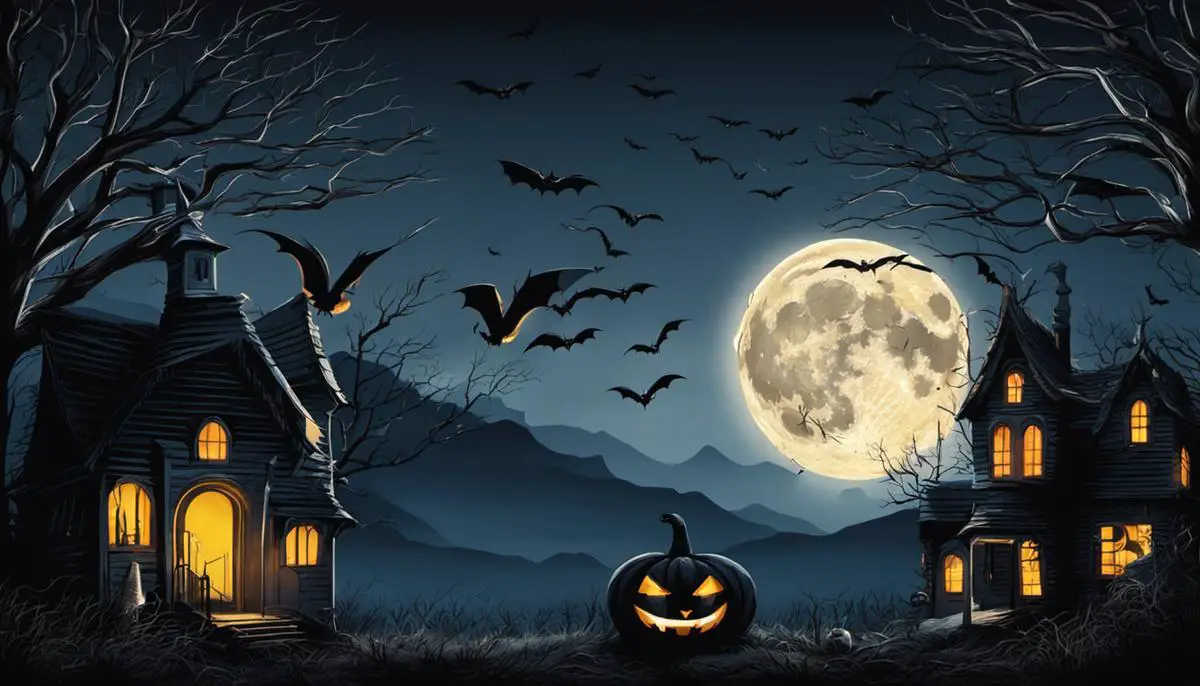
Navigating Respect and Caution on Halloween Night Wildlife Watching
Engaging in a Halloween night adventure to watch nocturnal wildlife calls for a deep respect for the animals and their natural habitats. Keeping a safe distance, so as not to cause any disturbance, is essential when observing the wonder of these creatures at night.
Aside from respect, caution is another element not to be glossed over. Be mindful that certain nocturnal animals, like skunks and bats, could be carriers of diseases harmful to humans. Taking precautions while experiencing their world on this special night is both crucial and necessary.
Casting the normal Halloween scares aside, having an understanding and acknowledgment of these animals can turn a spook-filled night into an awe-inspiring journey into wildlife exploration.
You should consider these other Halloween camping activities.
Safety and Respectful Wildlife Watching Practices
The Importance of Keeping a Safe Distance
Distance is key when it comes to wildlife watching. Different species require different spaces, so it’s vital to respect this unseen boundary. As a general rule, keep a minimum safety buffer of about 50 feet from smaller animals and up to 100 yards from larger wildlife like bears or elk. Observing this guideline safeguards both you and the animals.
Our Halloween fascination with nocturnal creatures such as bats, owls, or foxes must remain respectful. As the moon rises on Halloween, resist the urge to close in on their territory. If the detail is what you seek, rely on binoculars or a telescope to get a closer look without intruding. After all, this night belongs to these creatures, too.
The Right Lighting for Night Wildlife Watching
Proper lighting is essential when observing nocturnal wildlife. A common practice is to use red light torches or headlamps. Unlike standard white light, red light is less disturbing to wildlife and causes less light pollution. Most nocturnal animals are not as sensitive to red light, allowing you to observe them without causing undue stress. Plus, red light helps maintain your night vision, which is essential during late-night observations.
Dressing for the Occasion
When it comes to clothing for Halloween wildlife watching, opt for darker colors to blend into the dark night. Avoid any costumes that might scare or distress animals. Comfort should be your top priority, so make sure to dress warmly and appropriately for the weather.
Clothing to Pack for Fall Camping
The Ethics of Feeding Wildlife
Feeding wildlife is a practice to strongly avoid. Nay, just don’t ever do it. Even though it might seem like a friendly gesture, human food is often unhealthy for animals and can lead to dependency. Interrupting an animal’s natural eating habits can negatively affect its health and survival. This is especially important to remember at Halloween when there might be an abundance of leftover human treats tempting to share.
Furthermore, feeding can also attract animals to areas inhabited by people, causing a risk for both the animals and humans. Remember, wild animals have survived for thousands of years without human intervention – they do not need our food to thrive.
Respecting Wildlife Activity
Interfering with or interrupting an animal’s natural behavior is another activity to avoid during Halloween wildlife watching. By observing from a distance and using proper lighting, this issue can be mostly avoided. Remember, these creatures are not out to put on a show – they’re just going about their lives.
Keeping Wildlife Safe on Halloween Night
As enthusiastic onlookers eager to experience nocturnal wildlife on Halloween night, it’s important to practice the cardinal rule of wildlife watching: leave no trace. Ensure that you do not litter or damage natural habitats, always remembering to leave everything as you originally found it. This simple gesture plays a crucial role in preserving and supporting the growth of wildlife populations.
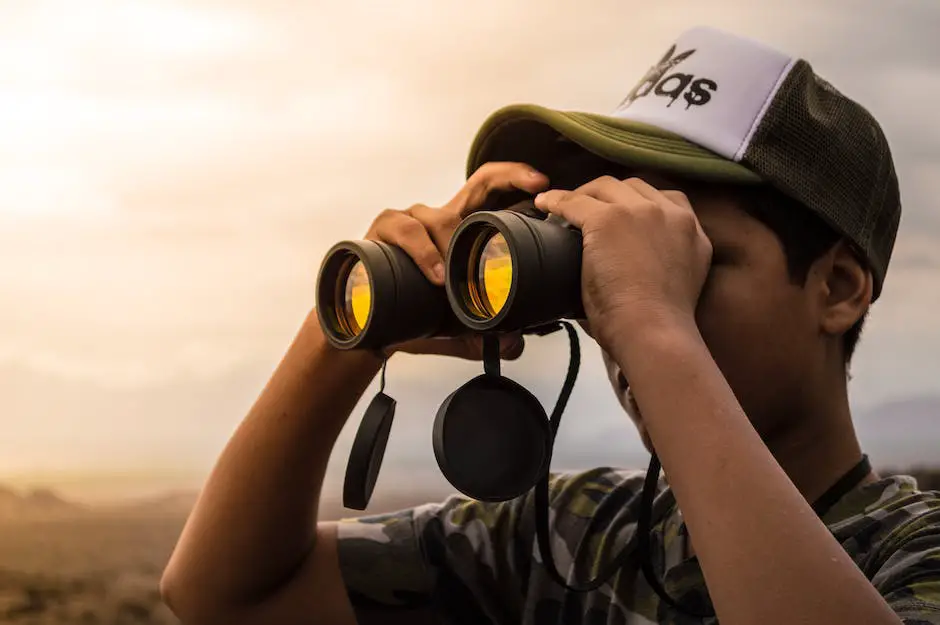
Halloween Myths and Folklore About Wildlife
The Connection Between Halloween and Wildlife
Halloween has a prominent theme that often portrays certain wildlife creatures as mystical or eerie, contributing to its distinctive horror milieu. In the spirit of the season, various animals like bats, black cats, owls, spiders, and ravens are brought to the forefront due to their traditional association with fright and mystery. Understanding and appreciating these animals in their natural roles in the ecosystem can add an intriguing layer to your Halloween evening.
Role of Bats in Halloween Lore
Bats are probably the most associated animals with Halloween. The folklore surrounding bats and Halloween originated from ancient Samhain Celtic festivals that celebrated the end of the harvest season. Raging bonfires would attract insects, which in turn attracted bats. Their erratic flight patterns in the night sky led to many superstitions and myths.
During the Middle Ages, folks believed that witches could transform into bats. Bram Stoker’s novel “Dracula” further cemented bats’ place in Halloween lore by introducing a vampire that could turn into a bat. However, while bats do come out at night, they are actually beneficial creatures that consume insects, aiding in pest control.
Black Cats and Halloween
Black cats are probably one of the most contentious aspects of Halloween folklore. In many cultures, black cats were considered to bring bad luck or be witches in disguise. This largely began in the Middle Ages in Europe, particularly with witch trials. People believed witches could turn into black cats to roam freely and cause chaos. However, black cats are simply felines with a particular fur color, and they certainly bear no inherent ill will or magical ability.
Ravens and Halloween Myths
Ravens are often depicted as agents of prophecy and doom, largely due to their black plumage and grave call. They were thought to be messengers of witches or even witches themselves. Edgar Allan Poe’s poem ‘The Raven’ also played a major role in associating ravens with death and bad omens. Yet, like the animals previously discussed, ravens are intelligent birds playing crucial roles in their ecosystems.
Ominous Owls in Historical Superstitions
Owls are another type of wildlife commonly associated with Halloween, primarily due to their nocturnal activities. Folklore from many cultures, including ancient Romans, Greeks, and Native Americans, often equated owls to death and the underworld, contributing to the eerie reputation. However, in reality, owls are vital parts of our ecosystem, integral in controlling rodent populations.
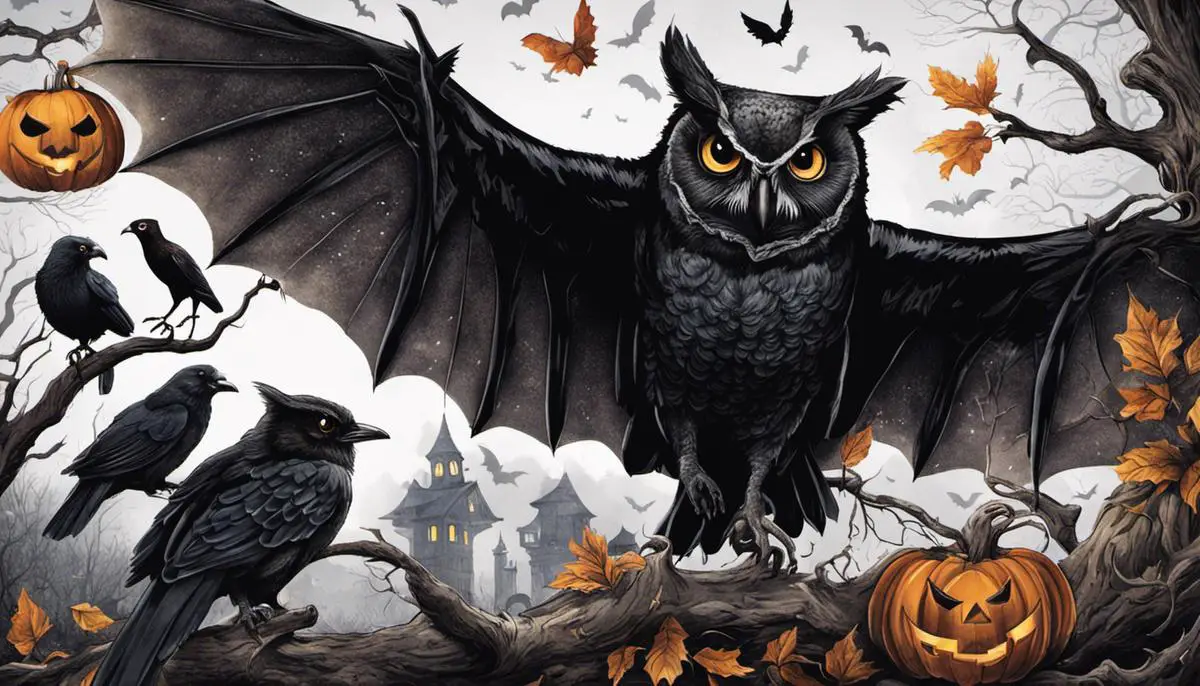
Spiders and Halloween
Finally, spiders, with their intricate webs, are seen as spooky creatures during Halloween. They were once considered to be companions of witches in medieval times, and their webs were seen as tools to trap human souls. Today, spiders (while perhaps not the most popular creatures) are beneficial to our ecosystem by controlling insect populations.
Night Wildlife Watching Legends
The tales and legends surrounding Halloween largely portray our nocturnal wildlife as eerie and otherworldly beings. However, it’s important to recognize that these creatures are simply part of our natural world, each playing a unique and often undervalued role within our ecosystem. Observing these animals on a Halloween night can not only create a thrill but also offer an enlightening understanding of their contributions to our environment.
13 Spine Chilling Halloween Camp Ideas
Essential Equipment for Halloween Wildlife Watching
Get The Gear – The Essentials for Halloween Wildlife Watching
Planning to delve into the nocturnal world on Halloween? Having the right equipment on hand is key to maximizing your night wildlife watching experience. At the forefront of these, night vision binoculars are a top pick – they take any available light (moonlight, starlight, etc.) and amplify it, making them your eyes in the dark. When choosing your binoculars, look for models that come with infrared illuminators to enhance visibility even in complete darkness.
Another worthy investment is a thermal imaging device. By detecting the heat signatures of animals, these tools are perfect for pinpointing wildlife in pitch-dark conditions. Thermal imagers come as binoculars, monoculars, and scopes, all of which can dramatically elevate your night wildlife watching experience.
A high-powered flashlight should also make your checklist, especially those with filters. These filters reduce the chances of startling the wildlife – a red filter provides enough visibility for you without disturbing the animals, while a green one helps preserve your night vision and highlights the eye-shine in some species.
Beyond these, a comprehensive field guide is a must. It helps you identify different species and gives deeper insights into their behaviors. And, let’s not forget comfort – pack in warm clothes, sturdy shoes, and a comfy backpack to more fully relish your nocturnal adventure.
DIY Options for Kids
Engaging children in Halloween wildlife watching can be a thrilling experience for them, especially when there are simple DIY options available. One such DIY method includes making homemade binoculars. Using items readily available at home like toilet paper tubes, string, and some colorful paint, these DIY binoculars are a fun way for children to have a close-up view of nocturnal creatures from a safe distance.
Creating DIY lanterns can also add a fun element to the activity, making the experience more appealing to young wildlife watchers. Using clear jars, battery-operated lights, and some creativity, children can make lanterns that not only provide light but also add to the festive Halloween atmosphere.
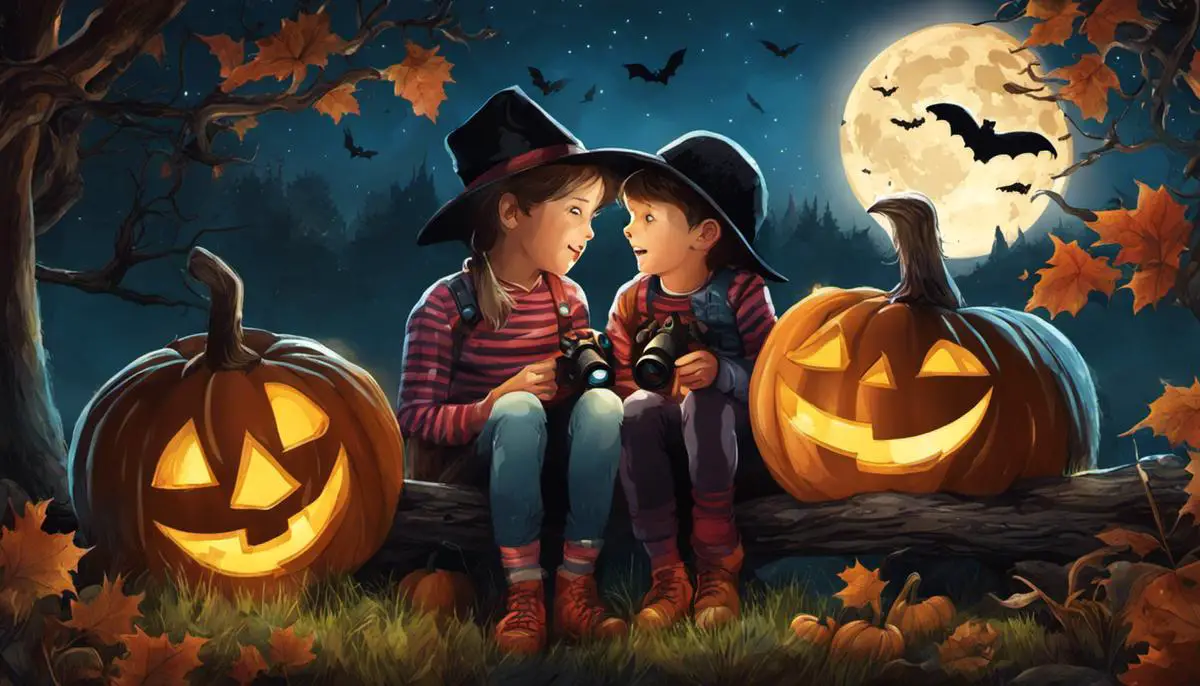
Plan some engaging games that can be done while observing the nocturnal wildlife like scavenger hunts. Make a list of common animals or birds that you might spot during the night, each find will not only increase the excitement but also the knowledge about different species.
Lastly, always remember safety when embarking on a Halloween night wildlife watching adventure. Bring a first aid kit, stay on designated trails, and respect the animals’ space by observing from a safe distance.
Check out these family campgrounds for a real spooky time.
Final Thoughts on a Guide to Night Wildlife Watching on Halloween
Exploring the world of nocturnal wildlife on Halloween night offers us a chance to embrace the thrilling world of nature during a time when most of the spooks are just a product of our imagination. Through respectful practices and informed understanding, we create an opportunity for discovery, learning, and deeper appreciation. This will turn Halloween night into an adventure of exploration and knowledge. Perhaps it’s time we place less emphasis on the scare-factor associated with Halloween. Instead let’s focus more on using this time as an occasion to learn and respect all that thrives under the cover of nightfall and moonlight. Celebrate Halloween by inviting a world of natural discovery, and allow the authentic wonders of nocturnal wildlife to be the real stars of the night.

















